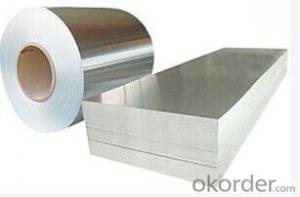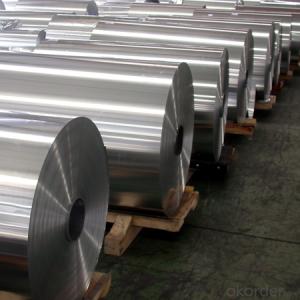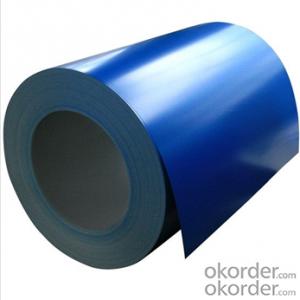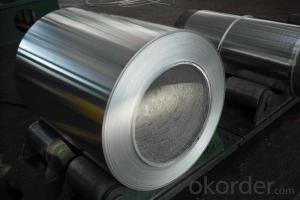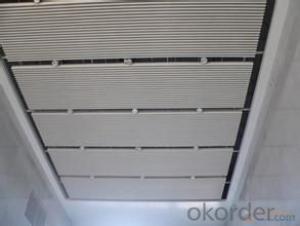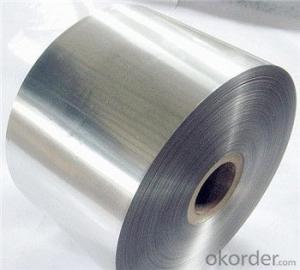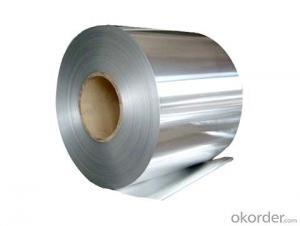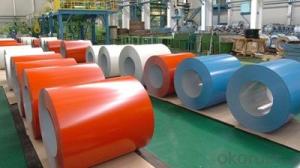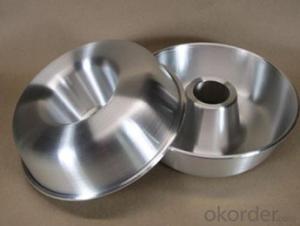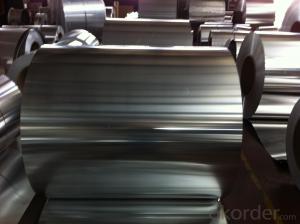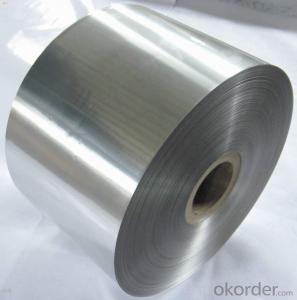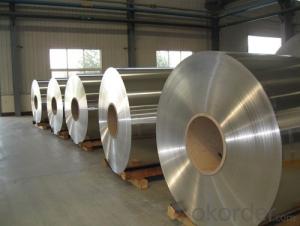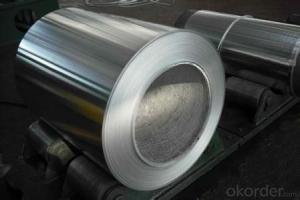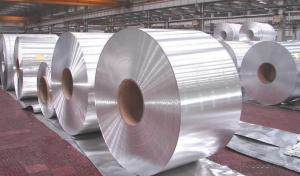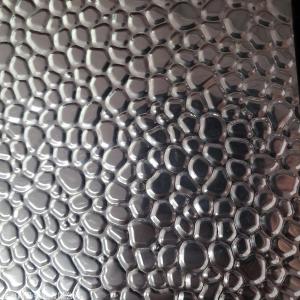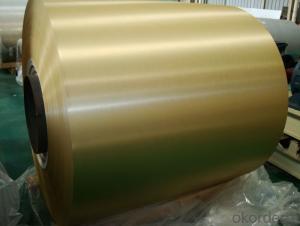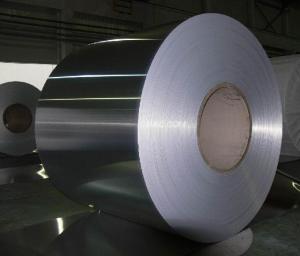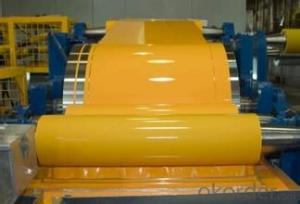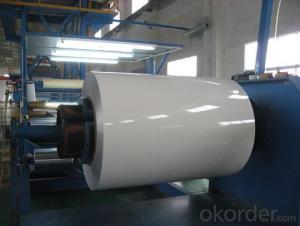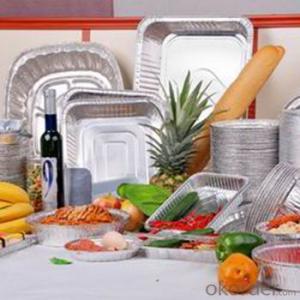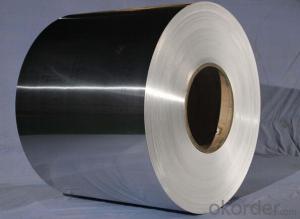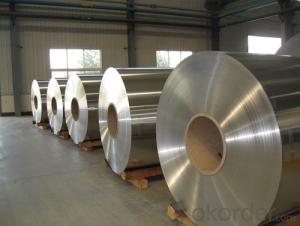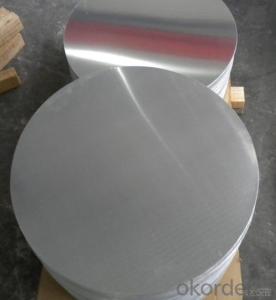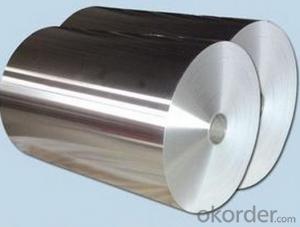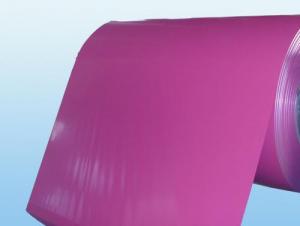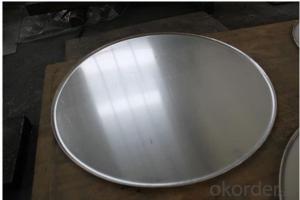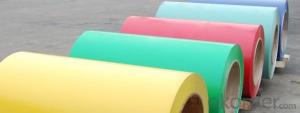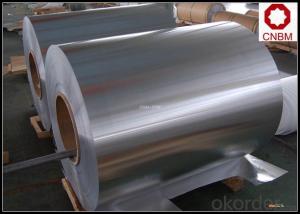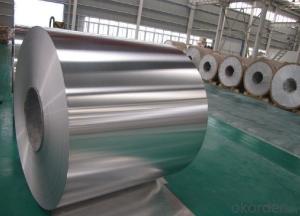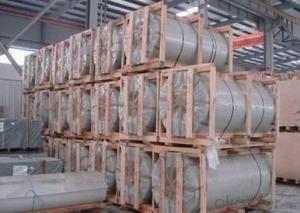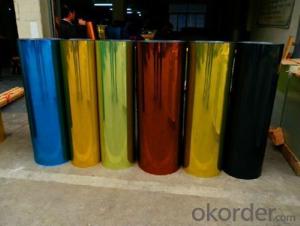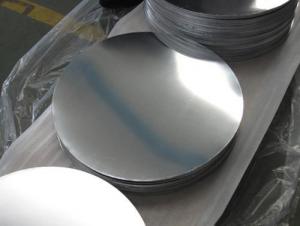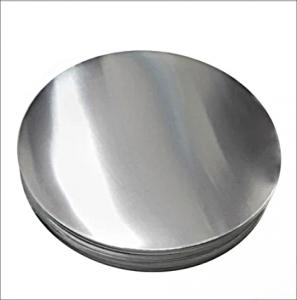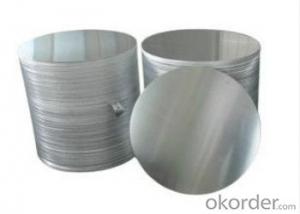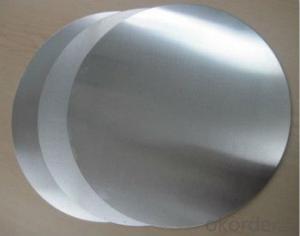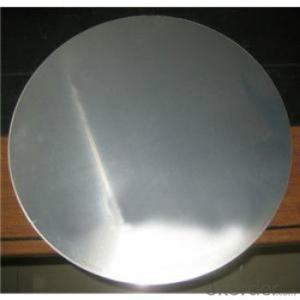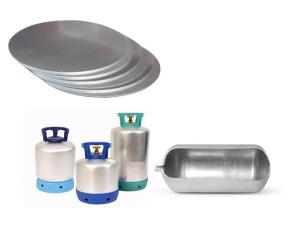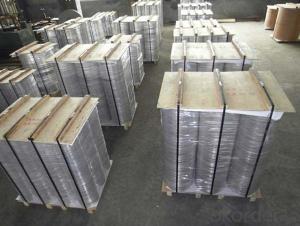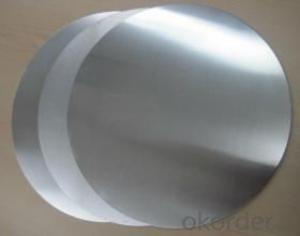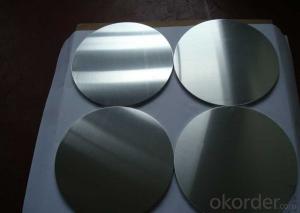1100 Aluminum Coil
1100 Aluminum Coil Related Searches
Aluminum Coil 1100 1100 Aluminum Foil Aluminum Alloy Coil 1050 Aluminum Coil 1100 Aluminum Plate Aluminum Ac Coil Aluminum Copper Coil Aluminum 1100 Plate Copper Aluminum Coil Black Aluminum Coil Anodized Aluminum Coil 1100 Series Aluminum Plate Coil Aluminum White Aluminum Coil Aluminum Wire Coil Aluminum A Coil Roll Aluminum Coil 030 Aluminum Coil Polished Aluminum Coil Aluminum Tubing Coil Aluminum Siding Coil Aluminum Roof Coil Aluminum Condenser Coil Coil Of Aluminum Powder Coated Aluminum Coil All Aluminum Coil China Aluminum Coil Buy Aluminum Coil Home Depot Aluminum Coil Aluminum Evaporator Coil1100 Aluminum Coil Supplier & Manufacturer from China
1100 Aluminum Coil is a type of aluminum alloy coil that is widely recognized for its excellent corrosion resistance, formability, and weldability. This product is made from high-quality aluminum and is available in various thicknesses and widths to cater to diverse industrial needs. The 1100 Aluminum Coil is extensively used in a broad range of applications, including construction, automotive, aerospace, and packaging industries. Its versatility and durability make it a popular choice for various manufacturing processes and projects where lightweight and strong materials are required. Okorder.com is a leading wholesale supplier of 1100 Aluminum Coil, offering a vast inventory of this product to customers worldwide. With their extensive range of sizes and grades, Okorder.com ensures that clients can find the perfect 1100 Aluminum Coil to meet their specific requirements and demands.Hot Products
